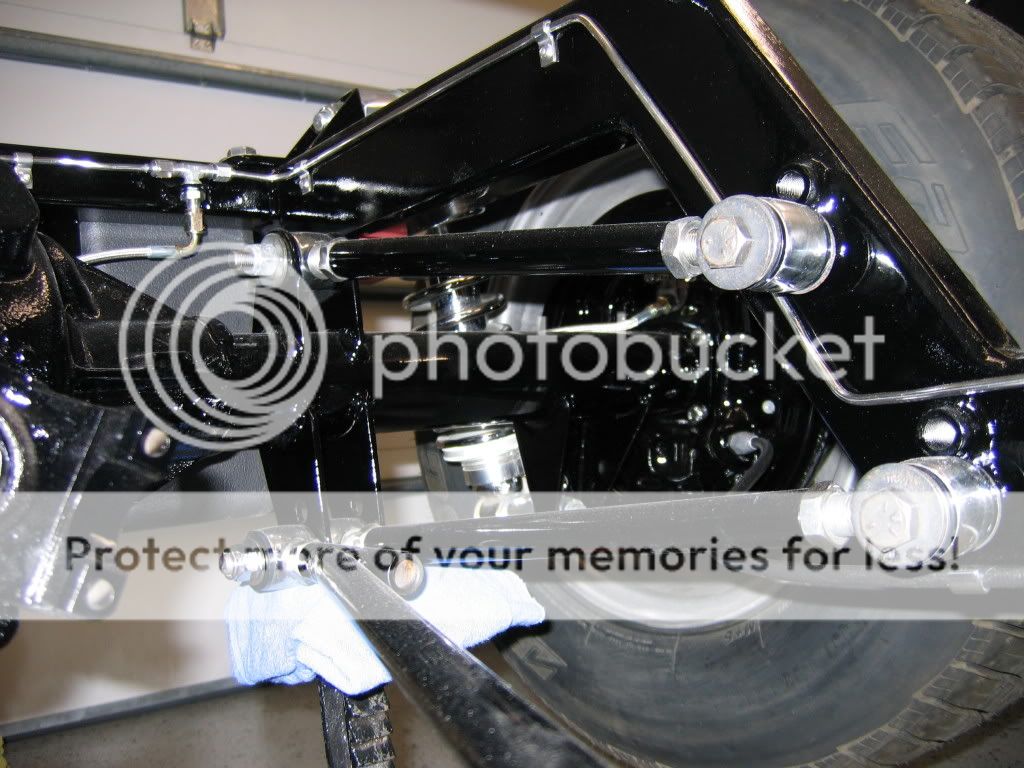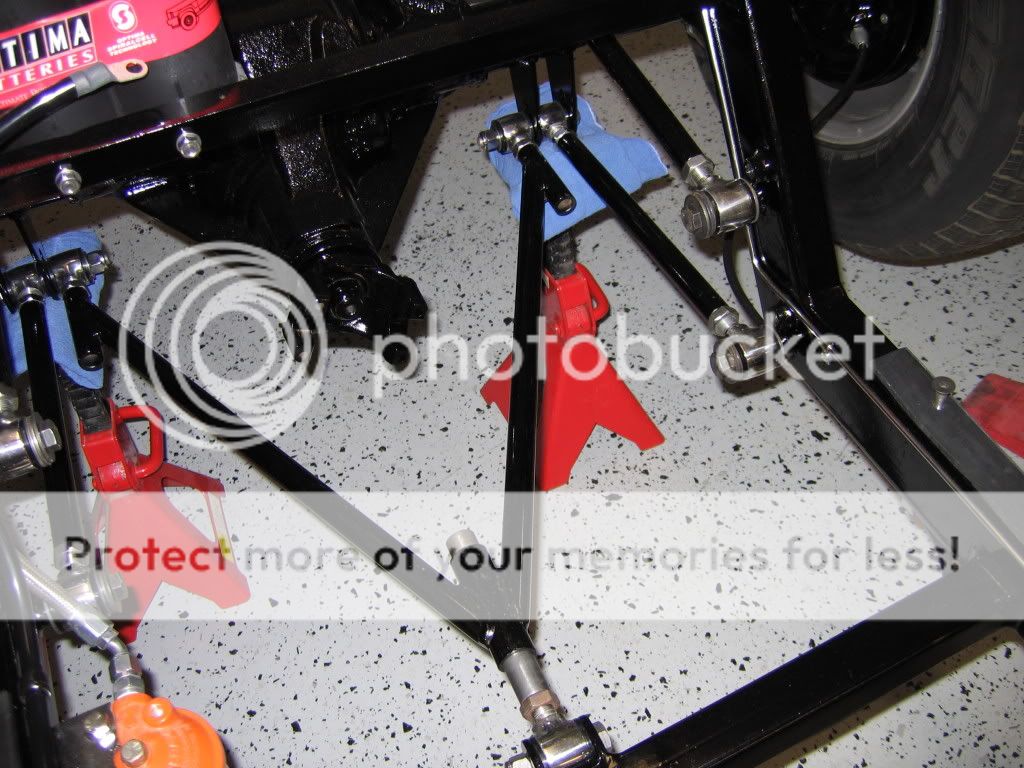George's explanation above is very good and a good place to start. If this is your first build, you will learn a lot. George is correct that these lightweight little cars are pretty forgiving in some ways. Since 1968 I have built 21 or 22 frames for a laundry list of different style cars and I am still learning. I have used 3-link, parallel four-bar, triangulated four-bar, unequal link four-bar, ladder bar, and lift bar (sometimes called truck arm) suspensions. I have used leaf springs ( both semi- and quarter-elliptic), coils, coil-overs, and torsion bars. Each of us who have built multiple cars have our favorite ways of doing things. I could recommend what I like, but it's purely my opinion. One piece of advice I can give you that almost no one can argue with is:
Keep it simple. If you overcomplicate this first build, it could become a discouraging fiasco.

You have a circle track background; me too. I spent 30+ years, off & on, chasing around in circles on both dirt and asphalt. Therefore, I like a car that handles well. I will put my coupe or roadster up against any similarly powered car on a twisty road. Neither one is particularly fast, but both handle corners like a slot car. Some of the exotic looking hotrod suspensions don't handle worth $#!+ because they bind or cause bad geometry when pushed hard in a corner.

Decide what you want your car to do and build your suspension accordingly. There is lots of knowledge available to you on this site; feel free to use it as much as you want. We like to help.







